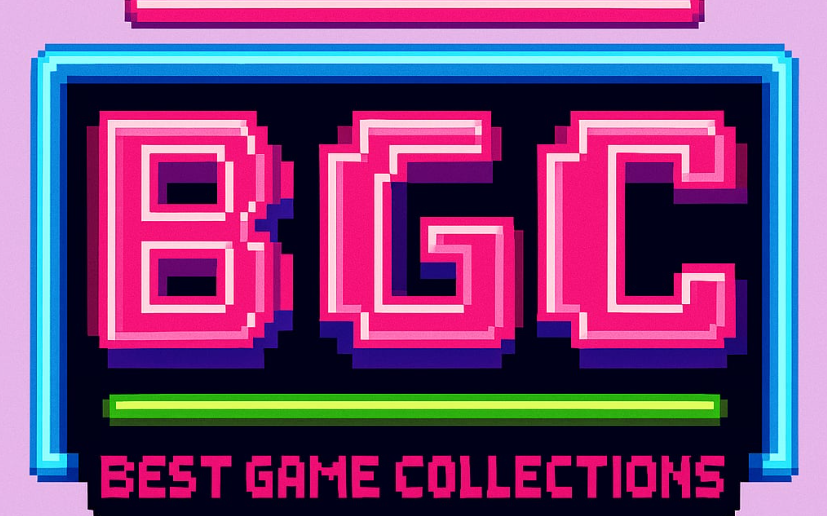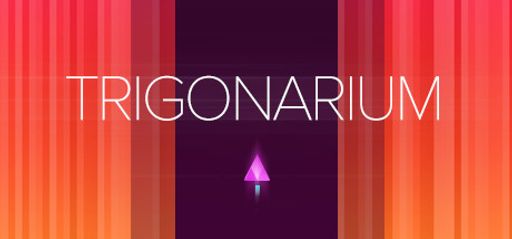If you love twin-stick shooters that test your reflexes and reward precision, Trigonarium might be the hidden gem you’ve been waiting for. Developed by Kimmo Lahtinen, this 2015 release blends fast-paced action with glowing visuals and clever mechanics. While it doesn’t offer a rich story, it delivers thrilling gameplay that keeps you coming back. Whether you’re chasing high scores or just looking for a co-op arcade experience, Trigonarium brings a mix of old-school charm and fresh innovation.
Overall Impressions
From the moment I launched Trigonarium, I knew I was in for a challenge. It’s clearly designed for players who enjoy intense arcade action and score chasing. Right away, the morphing arenas stood out. I’ve played plenty of arena shooters, but few feature changing geometry as smoothly as this. At its best, the game strikes a perfect balance between nonstop action and tight control. Although the lack of story left me wanting more background, the gameplay itself is so strong that it easily earns a top spot among retro-inspired shooters.
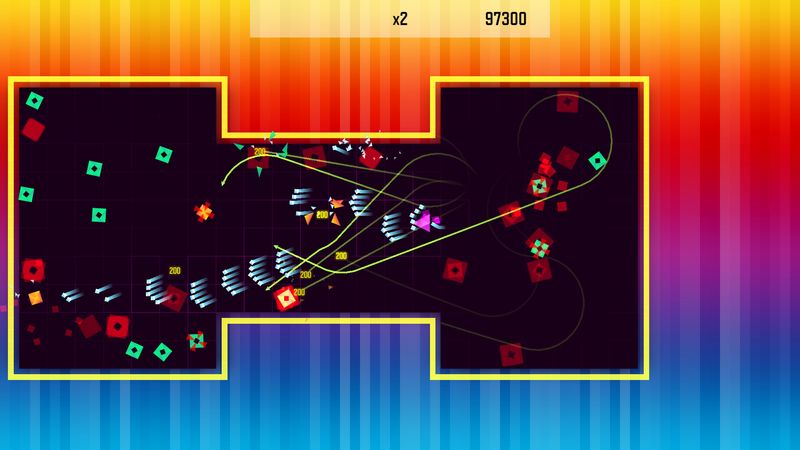
Gameplay Mechanics
Right from the start, the controls feel sharp. Within hours, I was dashing and aiming like a pro. The dash mechanic is a highlight—each dash ends with a burst that damages nearby enemies. When the screen fills with threats, that burst becomes a lifesaver. In one memorable session, I chained dashes to grab power-ups while dodging bullets, and the experience felt incredibly satisfying.
That said, some players may find the early waves a bit slow. I agree—they act more like warm-ups. But by wave five, the action explodes into colorful, chaotic madness. One small downside is the unclear menu UI, especially when selecting game modes. However, once I explored every option—like local co-op, score attack, and survival—I found each one added solid replay value. Best of all, the controls never failed. Even during massive boss battles, I always felt in control and capable.
Story and Characters
When it comes to story, Trigonarium keeps things very simple. You control a sleek ship battling abstract enemies, with little to no narrative support. Fans looking for a deep story or rich characters might be disappointed. Personally, I would’ve loved to unlock some background lore or character details as a reward for progress.
Still, this simplicity comes with a benefit: no cutscenes or dialogue interruptions. You can jump straight into the action without delay. While I occasionally wished for more context, I also appreciated how the lack of story allowed pure gameplay to shine. Trigonarium stays focused on what it does best.
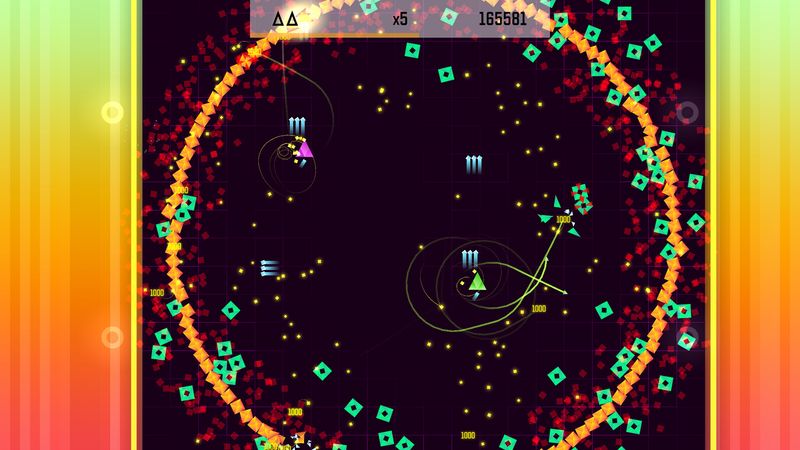
Visuals and Graphics
The visuals in Trigonarium are simply stunning. Neon colors pulse through every arena, and the walls constantly shift into striking geometric patterns. Watching a beam retract into a prism or a wall crumble into shards is mesmerizing. Enemies glow with crystal-like edges, and power-ups always stand out thanks to their bold contrast.
Bosses, meanwhile, loom large in beautiful polygonal detail. On my system, the game ran at a flawless 60 frames per second, even during the most hectic scenes. That level of performance is essential in a game that demands quick reactions and perfect timing.
Sound and Music
Audio is another strength of Trigonarium. Every dash comes with a deep thump that echoes through your speakers, and power-up sounds are clear and satisfying. The soundtrack uses retro synth beats that intensify alongside enemy waves. During boss fights, the music shifts to darker tones, and those changes really made me focus.
While the soundtrack fits the theme perfectly, I do wish there were more tracks. After about ten hours, I started hearing repeats. Still, each piece kept the energy high and matched the game’s rhythm nicely.
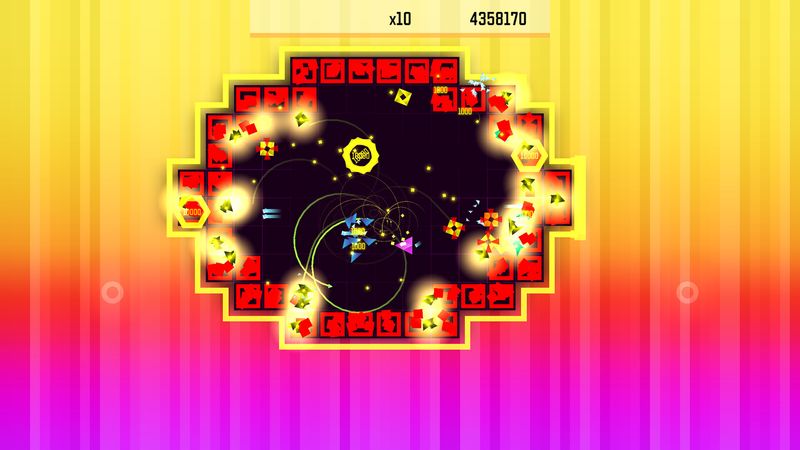
Difficulty and Replayability
Trigonarium proudly calls itself “hardcore,” and it lives up to that label. Enemies follow complex patterns, and the dash cooldown system forces smart decisions. Should you use it now or save it for a bigger threat? On top of that, each arena shape pushes you to adapt on the fly.
I loved the challenge. I hunted down every achievement, including tough time-based goals and survival feats. Even after 30 hours, I still return to climb the global leaderboards. The addition of local co-op makes it even more fun. Playing with a friend adds new strategies, especially when timing dashes and managing crowds. With multiple game modes and strong difficulty scaling, there’s always a reason to come back for another run.
Developer Trivia
Trigonarium was created by Kimmo Lahtinen of Kimmo Factor Oy, a solo developer based in Finland. He built the game engine himself to support the dynamic, shifting arenas. Lahtinen has cited classic shooters like Geometry Wars as key influences. In past interviews, he mentioned future plans for modding tools, though they haven’t been released yet.
The game enjoys a “Very Positive” rating on Steam, reflecting the love it continues to receive from players. While it doesn’t have an “All-Time” review total, its recent feedback points to long-term appeal.
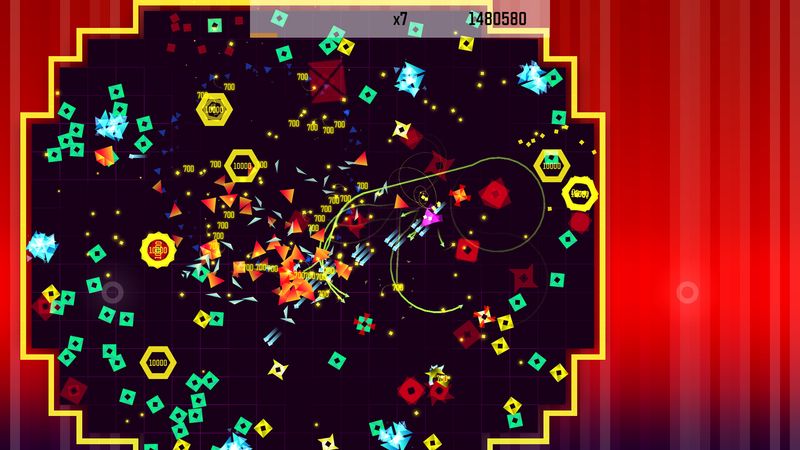
Final Thoughts
Trigonarium shines as a glowing, fast-paced arcade experience. Its morphing arenas and explosive dash mechanic create nonstop excitement. While it could benefit from more story depth and music variety, the core gameplay is top-tier. I’ve explored every mode, unlocked every achievement, and chased leaderboard glory. If you enjoy old-school shooters with modern flair, this game is absolutely worth your time.
Rating: 4.5 out of 5 stars
Trigonarium earns a strong 4.5 stars for its engaging mechanics, sharp visuals, and consistent performance. It only loses half a star due to the limited story and repetitive music. As a dedicated gamer, I say it’s a must-have for fans of intense arena shooters.
